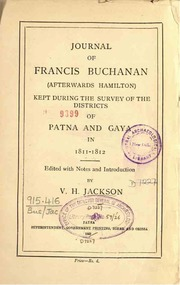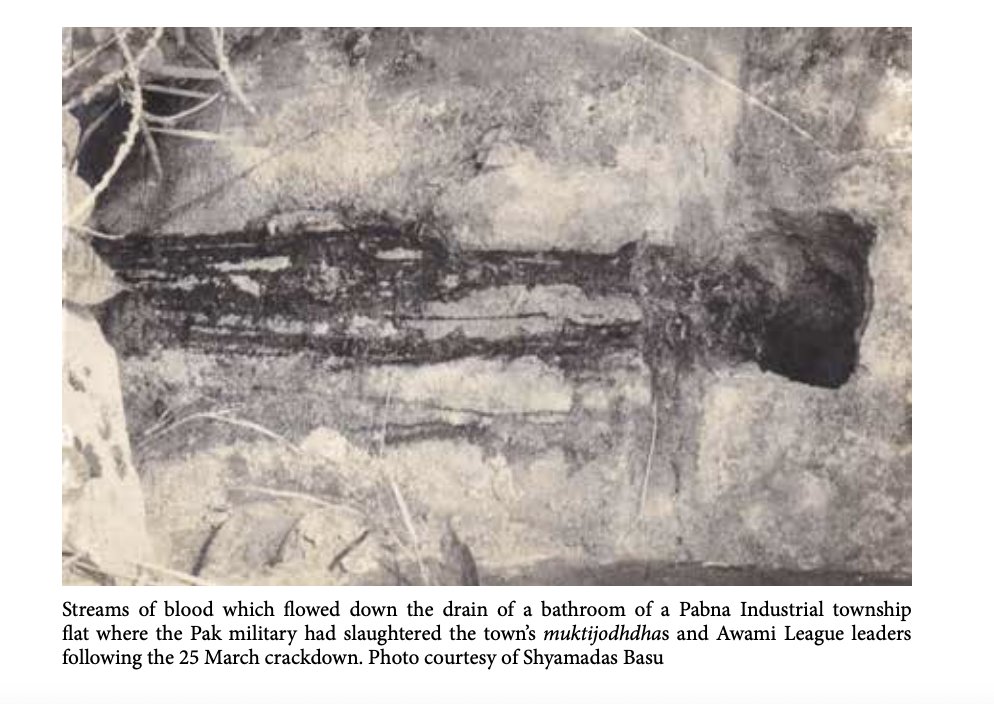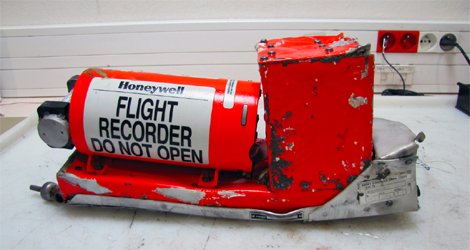Long before she was a global icon, Mother Teresa walked the streets of Kolkata, and when she had nowhere to go, the city’s iconic Kali Temple opened its doors. On her birthday, we remember the unlikely home that started a journey of compassion that changed the world. Thread 1/19 

When Mother Teresa began her work in Calcutta in 1948, she had almost nothing of her own. She wore a plain white cotton sari with a blue border and carried little more than conviction. 2/19 

Her belief was simple yet radical: that the poor who lay unwanted on the pavements, the sick abandoned in the streets, and the dying left in filth deserved dignity in their final days. 3/19
Her work had started in a hut in the slums, but the number of the patients overwhelmed her tiny space. She was desperately looking for a bigger place. She had no money and no resources to rely on, yet she went to the municipality and asked for a house. 4/19
At the time, the Calcutta Municipal Corporation was grappling with a disturbing problem. Destitute men and women were dying in full public view. There were no institutions willing to take them in. Then came a woman of stubborn faith, asking for a house. 5/19
The officials had noticed her work among the destitute. So they offered her an unlikely space.
The pilgrims’ dormitory attached to the famous Kali temple of Calcutta. 6/19
The pilgrims’ dormitory attached to the famous Kali temple of Calcutta. 6/19

Kalighat is one of Hinduism’s most sacred sites. The temple, over two centuries old, is dedicated to the goddess Kali. Around it, congested streets spill into markets, ghats line the river, and pilgrims arrive daily with offerings. 7/19 

In this setting, Mother Teresa was given two disused halls once meant for pilgrims to rest. The health officer who handed her the keys was a Muslim. The irony was unmistakable: a Christian nun, granted refuge in a Hindu temple precinct, with the help of a Muslim officer. 8/19
The rooms she was shown were filthy and disused, but she accepted them immediately. Later she explained, “This is a very famous Hindu temple. People came here to worship and to rest. I thought this would be the best place for our people to rest before they went to heaven.” 9/19
Within a day, she and her sisters cleaned the abandoned halls and named the place Nirmal Hriday. On simple mats and cots lay men and women consumed by disease, some with maggot-ridden wounds, others too weak to move. 10/19 

But given that the rooms belonged to one of Hinduism’s most revered shrines, in a city often tense with religious suspicion, the arrangement seemed improbable. Naturally, early on, her presence at Kalighat was met with hostility by many Hindus. 11/19
They feared conversion, they questioned her motives, and they resented the cooperation of a Muslim officer in placing her at a Hindu shrine. Stones were thrown at the sisters. Crowds gathered in anger. One man threatened to kill her. 12/19
Gradually, the anger began to dissolve. A group of young men who once entered the home determined to throw her out emerged with a different conclusion. Perhaps this is the beauty of compassion, or perhaps the beauty of the city itself. 13/19
Having seen the sisters clean maggot-ridden wounds and hold the sick in their arms, they declared that if anyone wished to drive out the sisters, they should first persuade their own mothers and sisters to take up the same work. 14/19
Even the priests who had once been skeptical became witnesses to a different kind of devotion. They saw her lift a Hindu priest from his own vomit and filth, carry him inside, and nurse him until he died in peace. 15/19
One priest put it into words that carried an unexpected truth. “We worship a Kali made of stone,” he said. “But this is the real Ma Kali.”
Gradually, the Hindu temple of Mother Kali made room for another mother. 16/19
Gradually, the Hindu temple of Mother Kali made room for another mother. 16/19
That was how Nirmal Hriday began. It was more than a home. In the very heart of Hindu Calcutta, under the shadow of the goddess Kali, a Catholic nun and her sisters created a place where the poor and dying could find dignity. 17/19 

And in Calcutta’s lanes, where pilgrims carried their offerings and corpses moved to the burning ghats, a new form of worship was taking shape—not to stone or ritual, but to the act of caring for those whom the city had left behind. 18/19
In this 1974 interview, she looks back on the beginning of her journey at the Kali Temple in Kolkata, where over 22 years she brought 28,000 people off the streets of Calcutta. The story stands as a quiet testament to the soul and beauty of Calcutta. 19/19
• • •
Missing some Tweet in this thread? You can try to
force a refresh

















